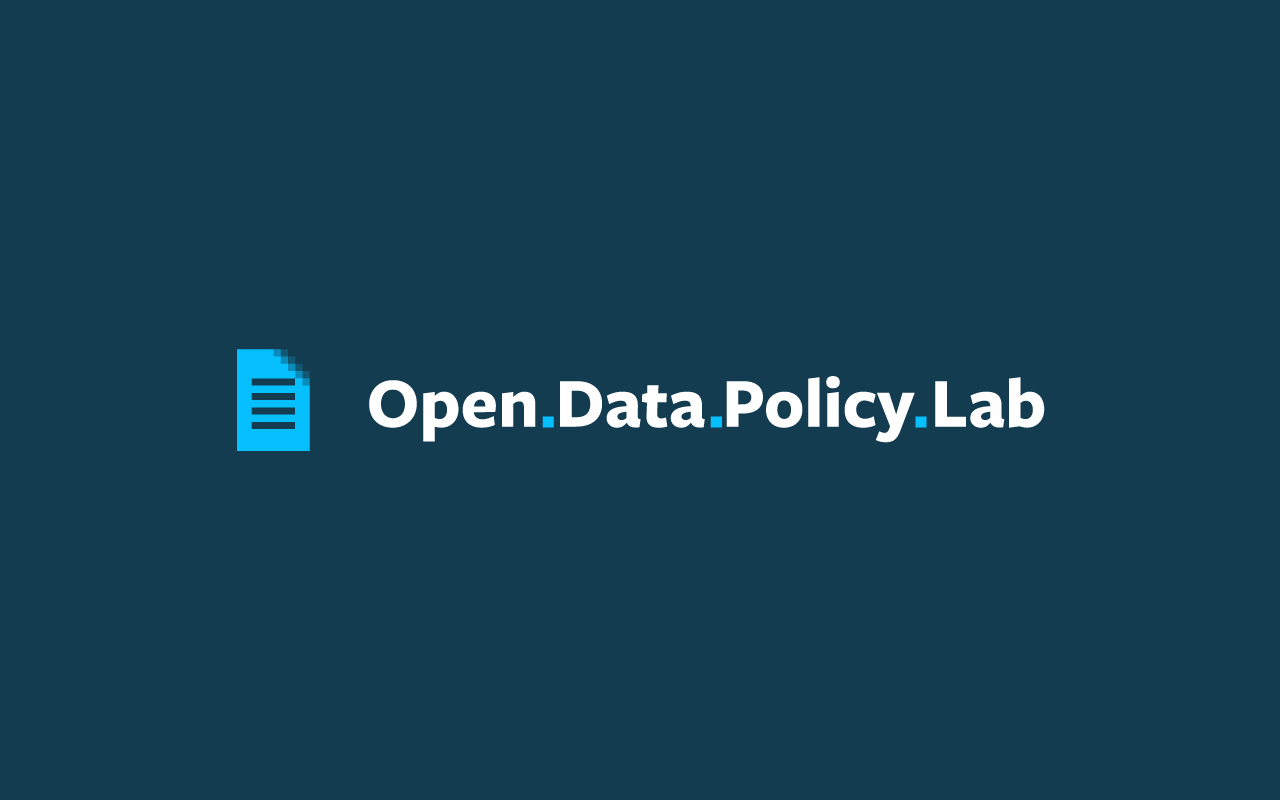Kathy Peach at The Conversation: “It should have been artificial intelligence’s moment in the sun. With billions of dollars of investment in recent years, AI has been touted as a solution to every conceivable problem. So when the COVID-19 pandemic arrived, a multitude of AI models were immediately put to work.
Some hunted for new compounds that could be used to develop a vaccine, or attempted to improve diagnosis. Some tracked the evolution of the disease, or generated predictions for patient outcomes. Some modelled the number of cases expected given different policy choices, or tracked similarities and differences between regions.
The results, to date, have been largely disappointing. Very few of these projects have had any operational impact – hardly living up to the hype or the billions in investment. At the same time, the pandemic highlighted the fragility of many AI models. From entertainment recommendation systems to fraud detection and inventory management – the crisis has seen AI systems go awry as they struggled to adapt to sudden collective shifts in behaviour.
The unlikely hero
The unlikely hero emerging from the ashes of this pandemic is instead the crowd. Crowds of scientists around the world sharing data and insights faster than ever before. Crowds of local makers manufacturing PPE for hospitals failed by supply chains. Crowds of ordinary people organising through mutual aid groups to look after each other.
COVID-19 has reminded us of just how quickly humans can adapt existing knowledge, skills and behaviours to entirely new situations – something that highly-specialised AI systems just can’t do. At least yet….
In one of the experiments, researchers from the Istituto di Scienze e Tecnologie della Cognizione in Rome studied the use of an AI system designed to reduce social biases in collective decision-making. The AI, which held back information from the group members on what others thought early on, encouraged participants to spend more time evaluating the options by themselves.
The system succeeded in reducing the tendency of people to “follow the herd” by failing to hear diverse or minority views, or challenge assumptions – all of which are criticisms that have been levelled at the British government’s scientific advisory committees throughout the pandemic…(More)”.

